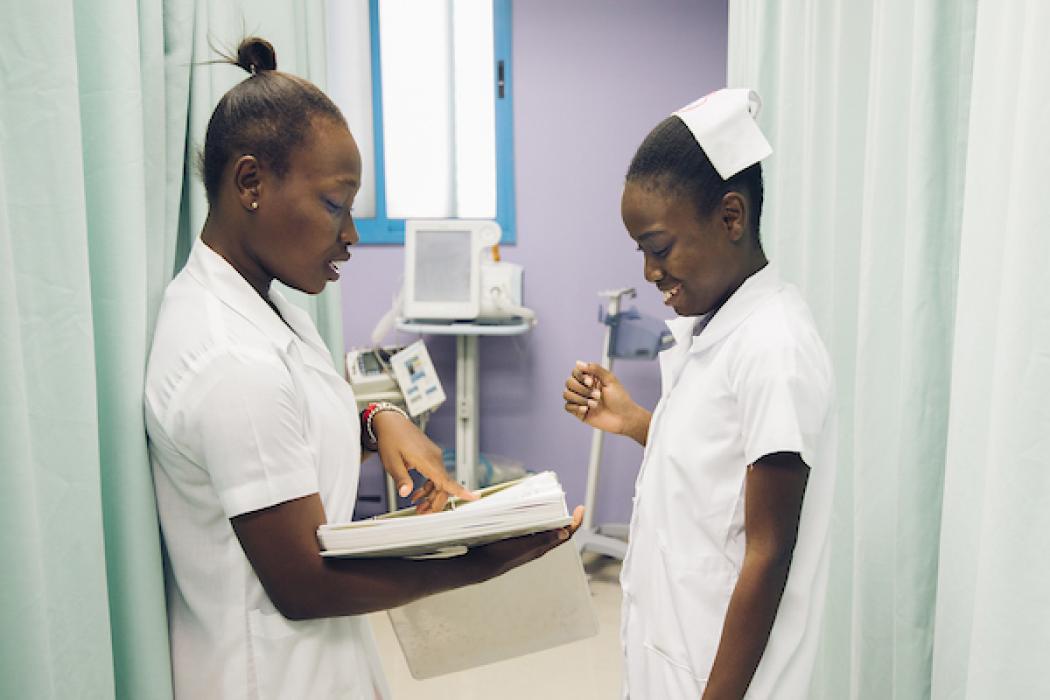Frontline Health Worker Teams: A Winning Formula

Photo courtesy of Abt Associates
In recognition of World Health Worker Week this year, I invite you to read and reflect on our #WHWWeek blog series that puts you in the shoes of dedicated health workers who work on the front lines every day to deliver essential health services. You’ll meet nurses, midwives, social workers, and community health workers who are saving lives and transforming health care delivery in their communities. Their dedication—multiplied by the millions of health workers like them globally—are crucial to achieving Health for All, universal access to primary health care, and resilient health systems.
While the individual stories of these health workers and the patients they serve are inspiring, we must remember that they cannot succeed on their own. Each health worker relies on the support of a team to deliver quality health services—at the right place and at the right time. Behind each life-saving encounter between a health worker and patient lies a team and a system that provides critical referrals, tools, training, and supplies. Patient-centered care requires teamwork, and multiple cadres of health workers. And these frontline health workers themselves are supported by other workers in the health system, such as laboratory technicians, administrators, IT specialists, supply chain coordinators, and many other staff. When we lose sight of these teams, we risk underinvesting in what it will take to achieve Health for All.
As the global health community and policymakers work towards achieving Universal Health Coverage (UHC) and readying themselves for the UN high-level meeting on UHC, there is a growing understanding of the importance of health workforce teams. This understanding will foster support for countries and their partners to plan, fund and implement programs to accelerate progress in UHC. Recent publications have highlighted the importance of developing these teams, such as the WHO’s community health worker guidelines. Similarly, the WHO’s Global Strategy on Human Resources for Health: Workforce 2030, calls for “interprofessional primary care teams” comprised of community health workers and allied health professionals to meet each country’s workforce needs. We welcome these efforts to outline best practice in how different cadres of health workers should function within the broader health workforce teams, and the system as a whole.
Importantly, we must also acknowledge that women make up the majority of these frontline care teams. Women make up more than 70% of health workforce around the world. Strengthening this predominantly female workforce will not only save more lives and improve the health of populations worldwide, it will promote women’s empowerment and economic growth. See WHO’s High-Level Commission on Health Employment and Economic Growth (COMHEEG).
So, as you read these stories, consider how the different cadres of health workers all play a crucial role in the provision of high-quality health services. Whether it be a community health worker who refers a community member to the nearby referral health clinic, a midwife who goes the extra mile and travels with her client in a narrow wooden boat to get her to a hospital in time to save her life, or a nurse who supports teen mothers with education and skills development, they are all integral members of the team. For World Health Worker Week and beyond, let’s remember that taking a team-based approach to health workforce and health systems investments is a winning formula!
